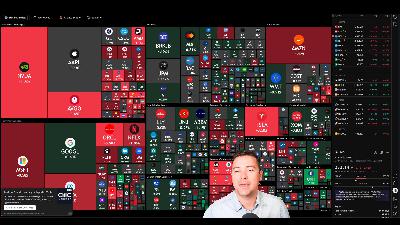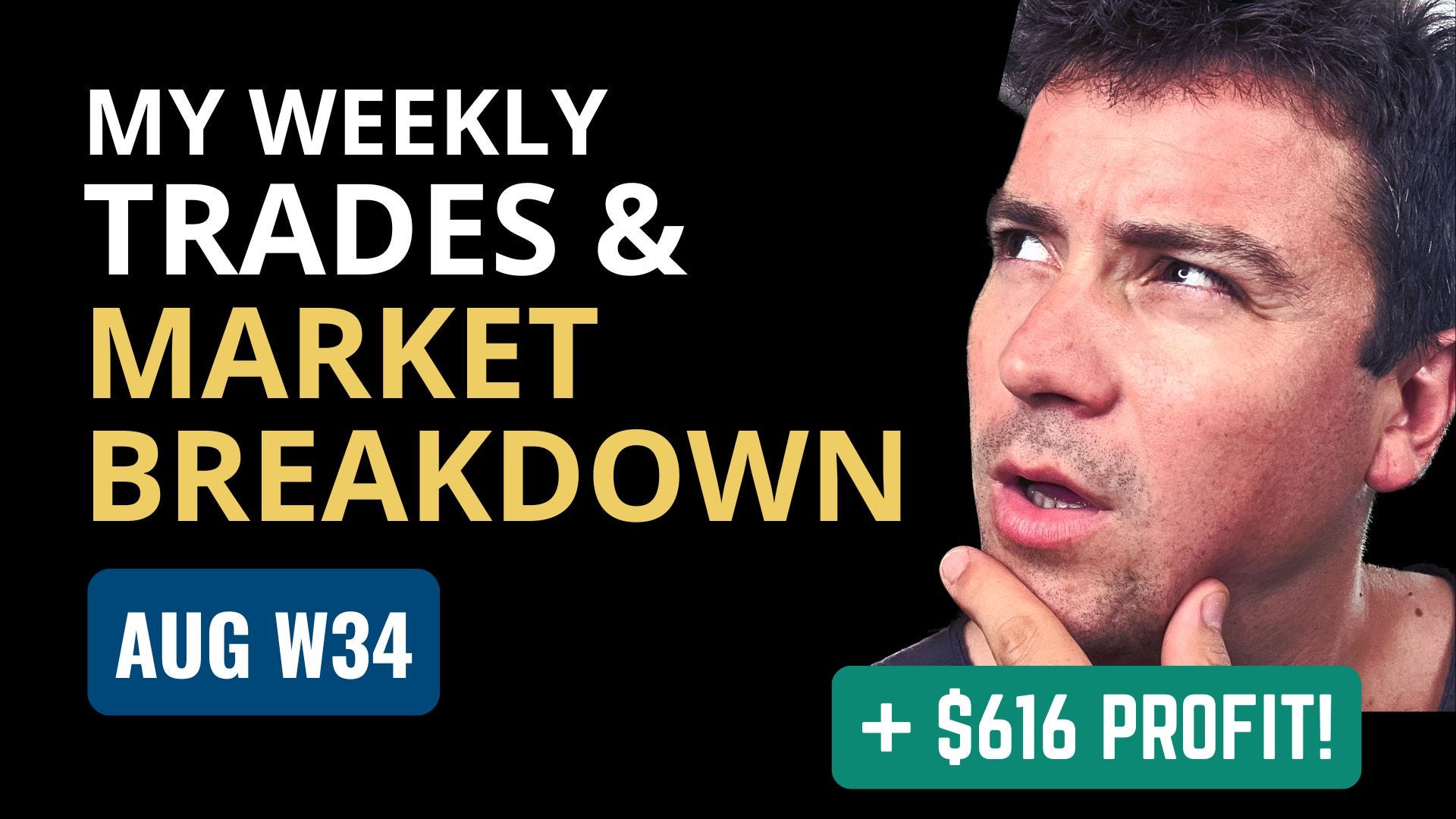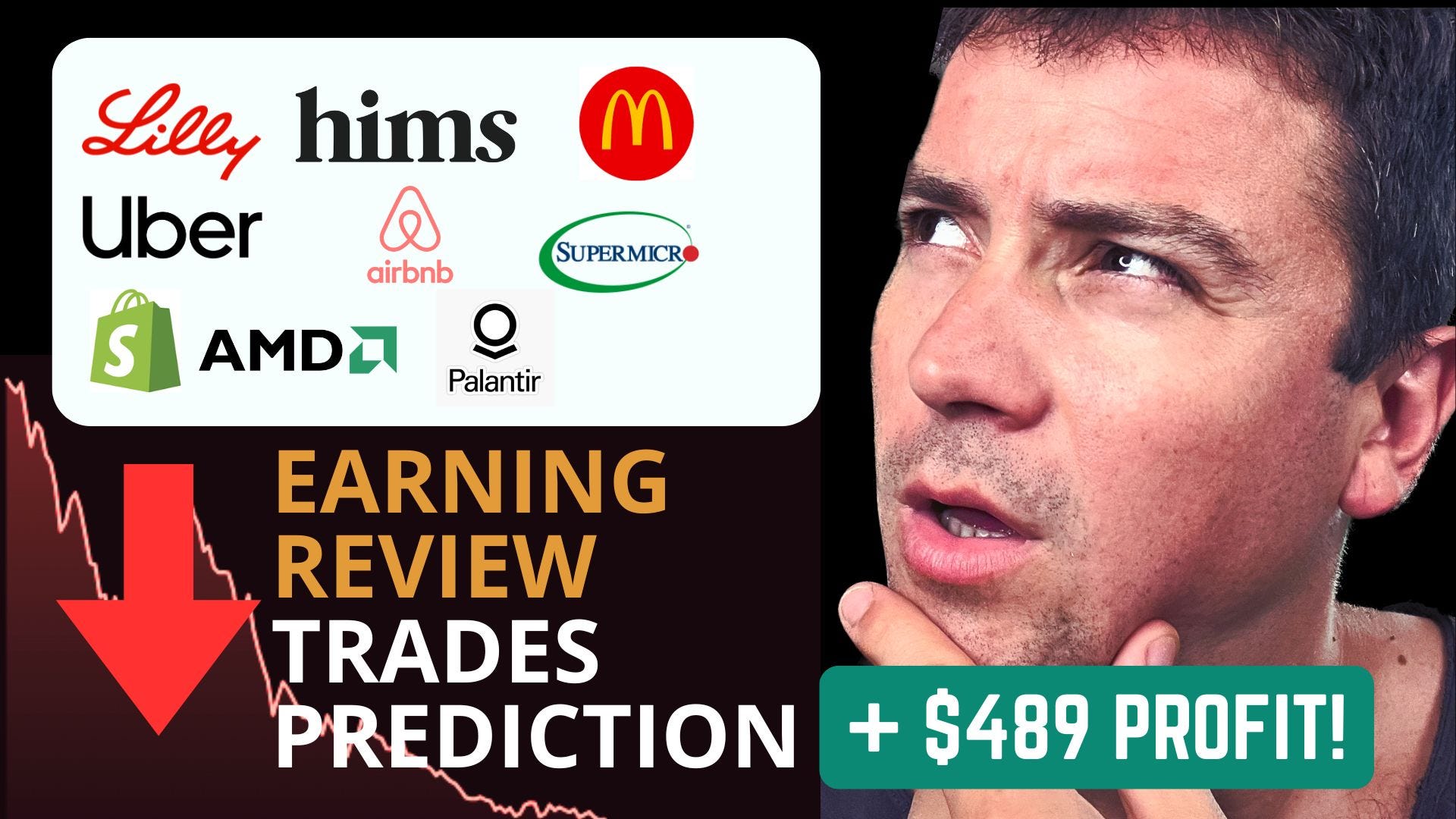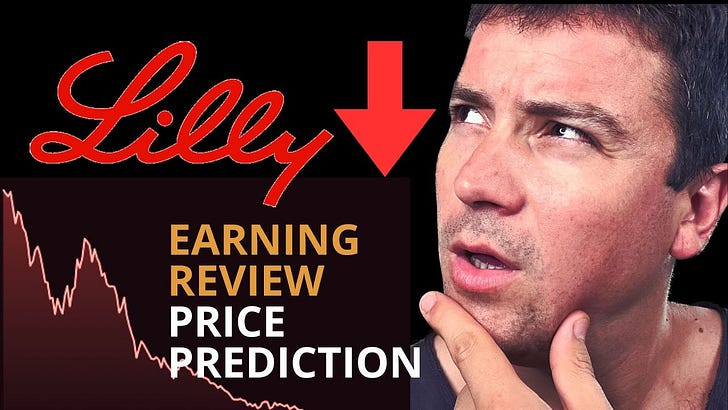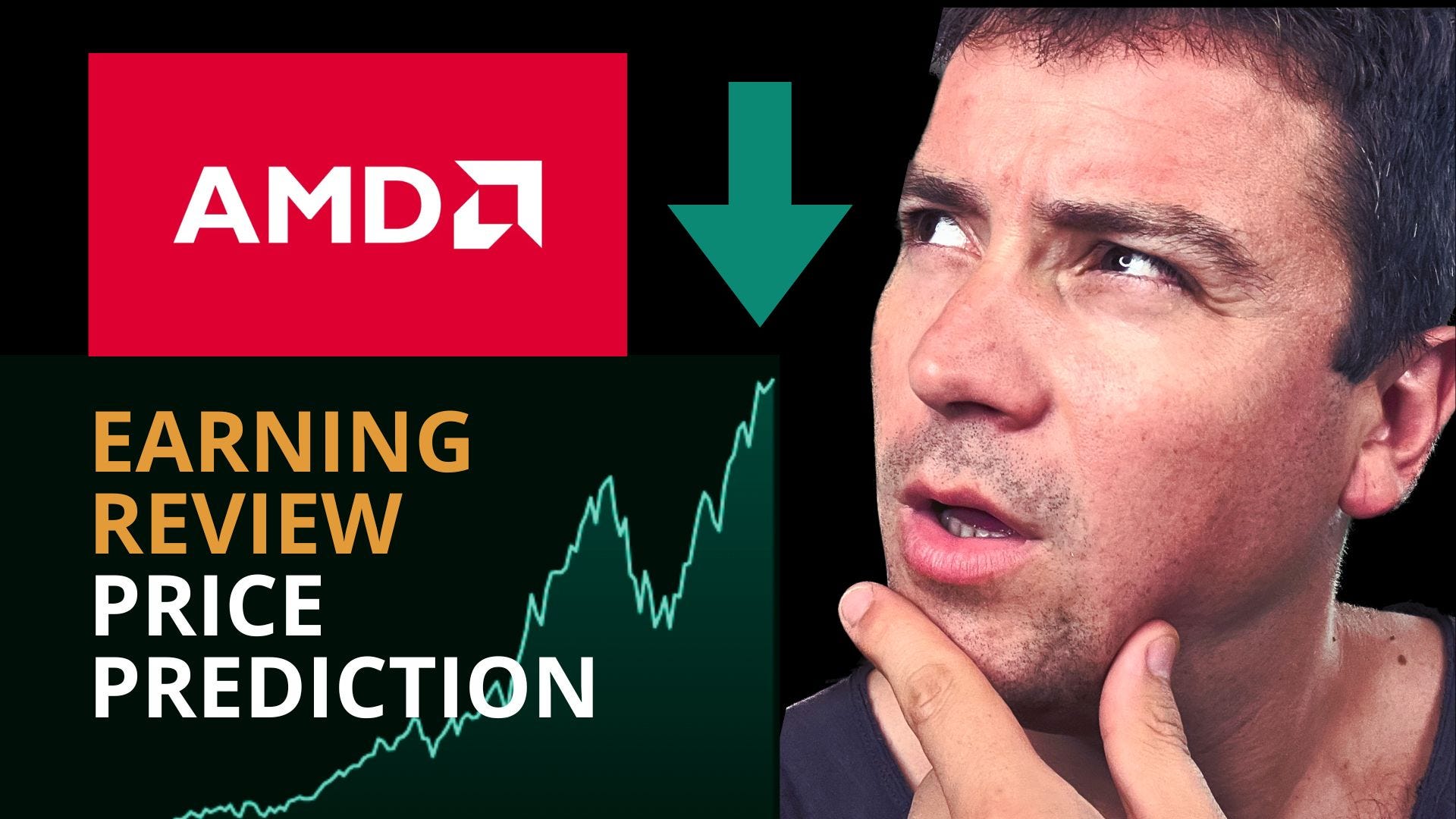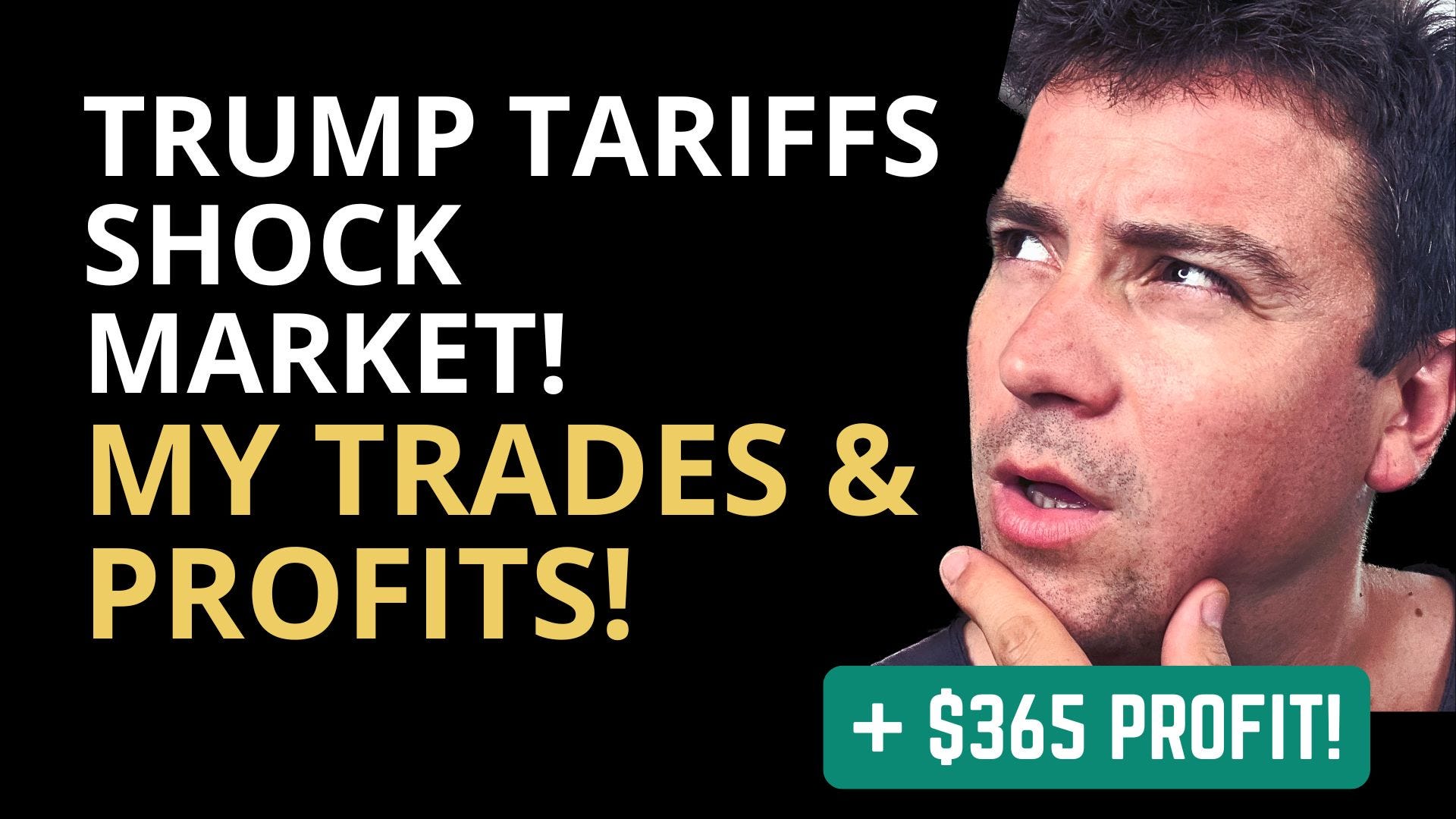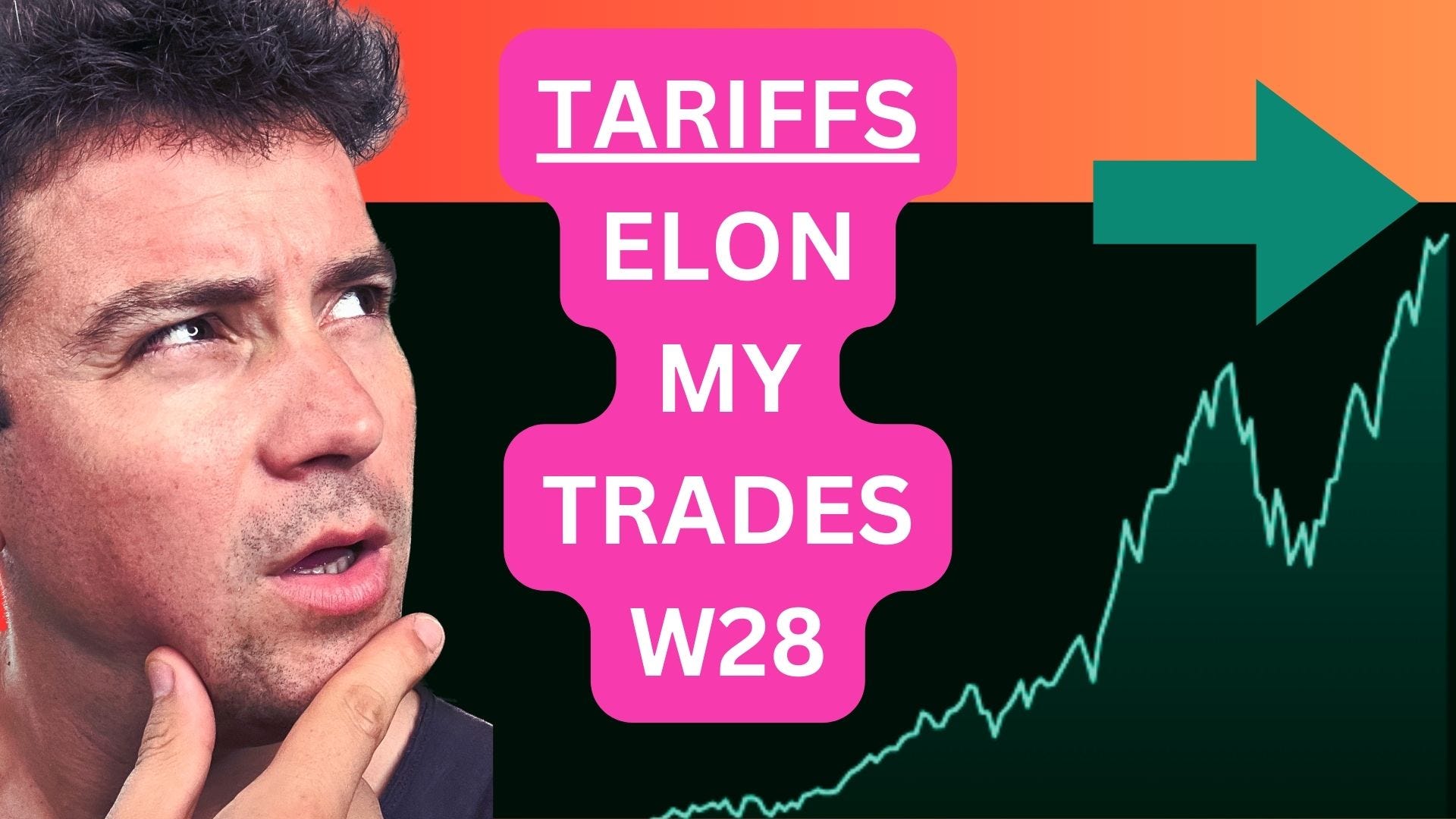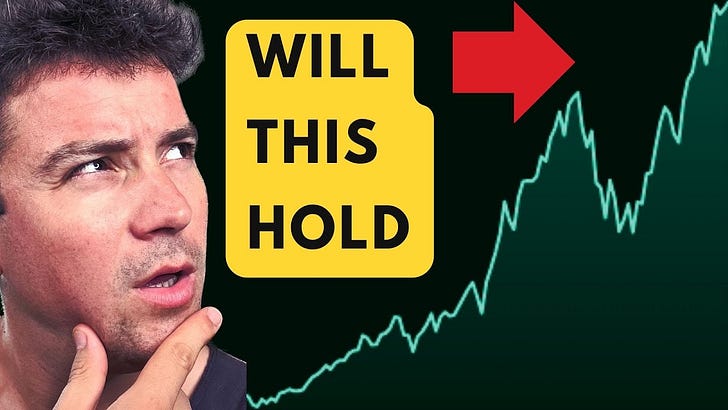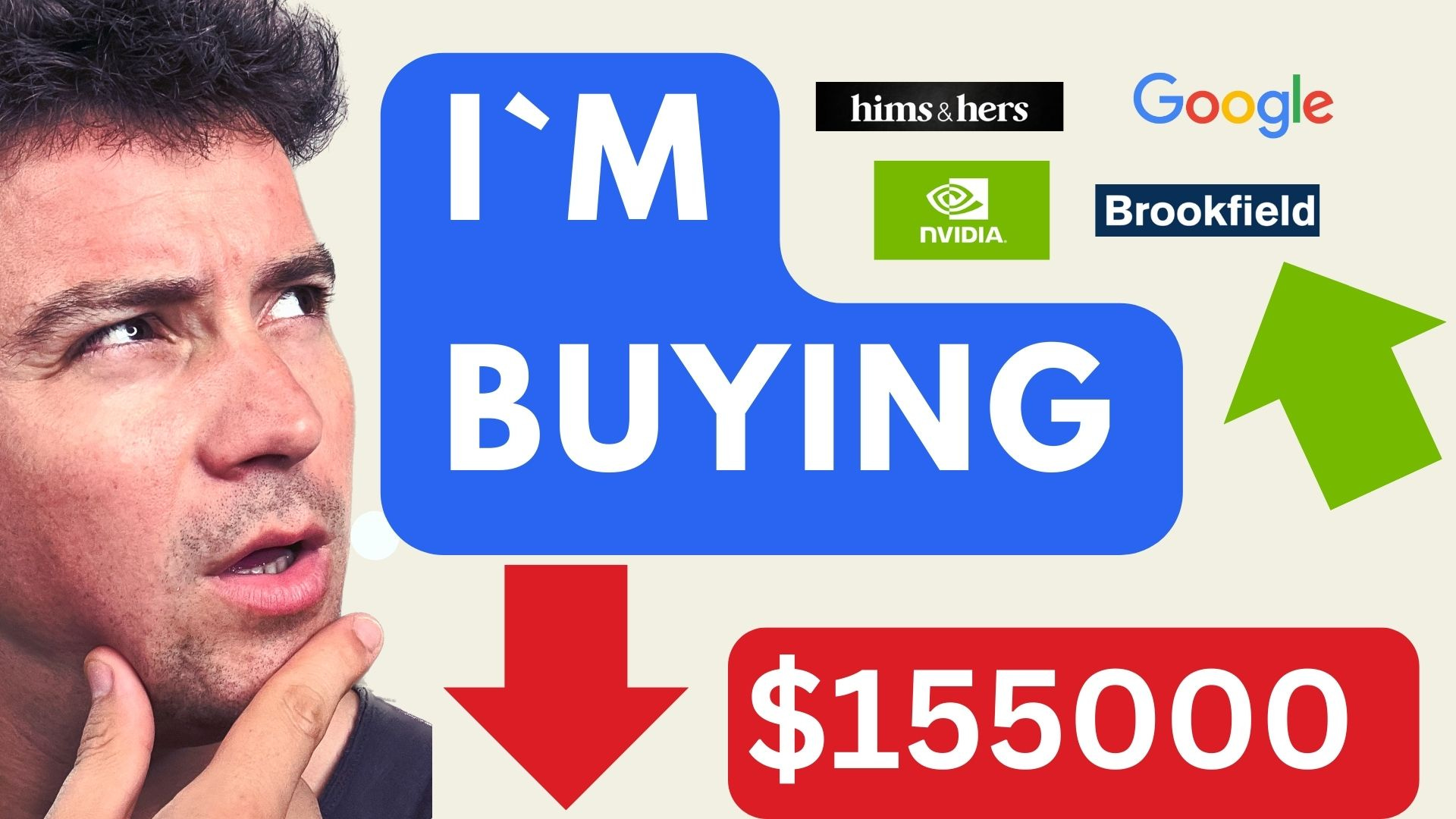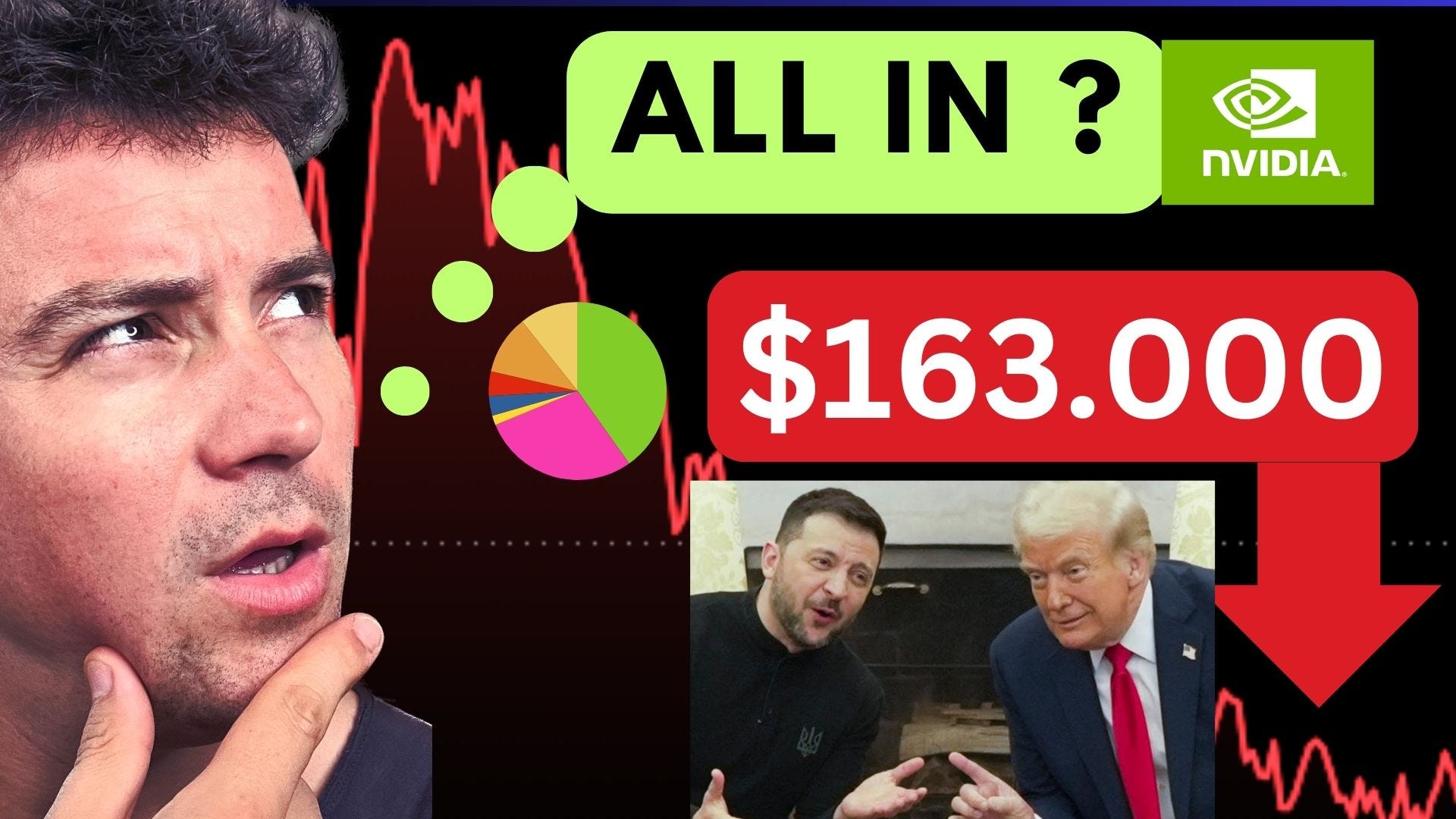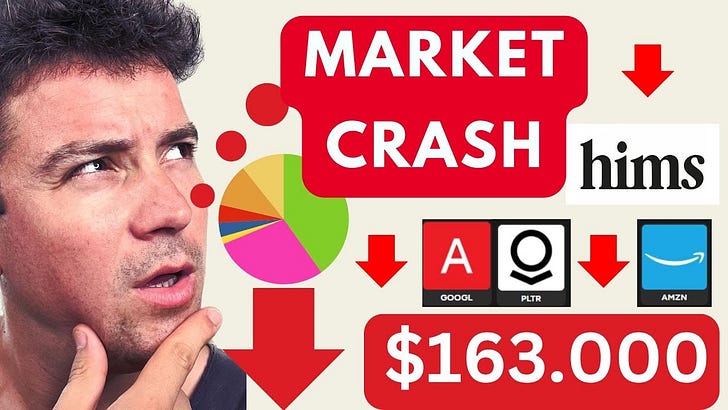Beginner’s Guide to ETFs: What They Are & How to Start Investing Today (2025)
Description
Ever wish you could own a piece of the entire stock market without buying thousands of individual stocks? ETFs (Exchange-Traded Funds) make that possible.
In this blog post, I’ll break down everything you need to know about ETFs — what they are, how they work, the pros and cons, and how to choose your first one. This is your complete beginner guide to ETFs in 2025.
🧺 What Is an ETF?
An ETF (Exchange-Traded Fund) is like a basket holding different types of investments such as:
* 📈 Stocks from various companies, industries, or countries
* 💵 Bonds (corporate or government)
* 🛢️ Commodities like oil, gold, or even agricultural goods
* 🌍 Currencies or Real Estate assets
You can buy and sell ETF shares just like stocks, but each share gives you exposure to everything inside the basket.
🔄 ETF vs Mutual Fund
FeatureETFMutual Fund🕒 TradingAll day (like a stock)Once daily (after market closes)💵 PricingMarket-drivenEnd-of-day NAV💰 FeesLow (TER)Often higher💳 MinimumsOften $1 or less (fractional)Sometimes $1,000+🔁 ManagementPassive (mostly)Often actively managed💸 Tax EfficiencyHighLower
✅ Benefits of ETFs for Beginners
* 🚀 Instant diversification — one ETF = exposure to many assets
* 💲 Low costs — trade once, pay minimal TER (Total Expense Ratio)
* 🧠 Simplicity — one ETF can track entire markets (e.g. S&P 500)
* 🏦 Access — invest globally or sector-specific from one account
📈 Types of ETFs
🌐 1. Broad Market ETFs
* e.g., S&P 500 ETFs or World ETFs
* Exposure to top U.S. companies or global markets
💵 2. Bond ETFs
* Stability & potential income
* e.g., government bonds, corporate high-yield bonds
🏥 3. Sector/Industry ETFs
* Focused exposure (tech, healthcare, renewables, etc.)
* Higher potential returns & risk
💰 4. Dividend ETFs
* Invest in dividend-paying companies
* Great for income investors
⚠️ What to Avoid
* ❌ Leveraged ETFs
* ❌ Inverse ETFs
* ❌ Complex commodity funds
These are high-risk and not beginner-friendly.
⚖️ Risks of ETFs
* 📉 Market Risk — ETF will drop if the overall market drops
* ❗ Tracking Error — minimal in broad ETFs, but exists
* 💧 Liquidity Risk — smaller ETFs can be hard to trade
* 🧨 Concentration Risk — sector-specific ETFs can crash on bad news
🛠️ How to Start Investing in ETFs
* ✅ Open a brokerage account
* Look for: no minimums, zero-commission ETF trading, good research tools
* Example brokers: Fidelity, Vanguard, Schwab, E*TRADE (U.S.)
* 🎯 Define your goal
* Retirement? Down payment? Long-term savings?
* Choose ETF based on time horizon & risk tolerance
* 🔍 Pick your ETF
* Look for low TER (e.g., 0.07%)
* Choose broadly diversified ETFs (S&P 500, Total World Market)
* Avoid complex or niche ETFs
🧠 Suggested ETFs to Research
* SPY / VOO – S&P 500
* VT – Total World Stock Market
* BND – U.S. Bond Market
* VYM / SCHD – Dividend-focused ETFs
This is a public episode. If you'd like to discuss this with other subscribers or get access to bonus episodes, visit norbertbm.substack.com/subscribe


